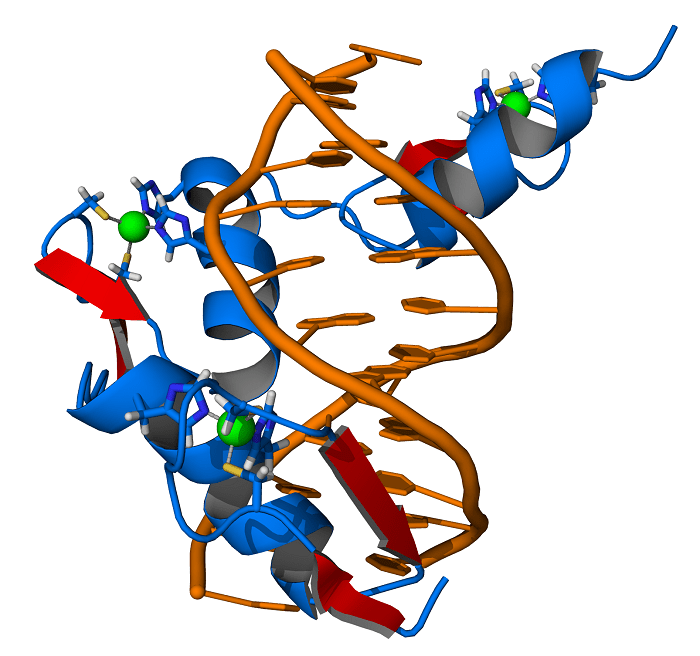What is zinc? What are the benefits of zinc? essay
Zinc is one of well-known materials, a natural component, included into the environment. By mistake, some individuals think, that metals, including zinc, are constituent parts of rock and soil, in reality they could be found in water, air and even in biosphere – plants, animals. Further, this paper will be devoted to discussion of all natural sources of zinc, with special attention to the influence it might have upon human beings, being transported via air, water and soils.
Ways of transportation of zinc in the nature.
The process of continuous transportation of zinc in the nature is called natural cycling. Such components of the nature as sun, wind, ice via the process of erosion are able to take some portions of zinc from zinc – containing soils and rocks and carry them to lakes, rivers and seas. The natural water resources continue the process of transportation further. \
Zinc applications
Zinc and other living organisms on the planet.
Evolution is the one of the major driving forces of the nature, it helped most of the living organisms to adapt to zinc as an integral part of the environment, some species need zinc for metabolic processes. Depending on the concrete geographical position, as well as the time of the year, the percentage of zinc concentration might differ.
How people are using zinc
People are also using zinc for various needs. For example it is widely used for galvanizing iron, for negative plates in certain types of electric batteries. Often, zinc finds its application among building materials. “Some people use zinc for an eye disease called macular degeneration, for night blindness, and for cataracts. It is also used for asthma; diabetes; high blood pressure; acquired immunodeficiency syndrome (AIDS); and skin conditions such as psoriasis, eczema, and acne” (Find a Vitamin or Supplement ZINC 2009). Thus there are actually two types of sources of transportation of zinc, those being natural ones and those being the result of humans’ activities and productions.
Zinc fur human health
As it was already mentioned, that zinc is an inherent element of the nature and in fact, it is also important for human health as well. There is certain quantity of this element, which should go to human organism in order for the individual not to suffer from lack of appetite, slow healing of wounds, distorted taste and smell senses and so on. “Although humans can handle proportionally large concentrations of zinc, too much zinc can still cause eminent health problems, such as stomach cramps, skin irritations, vomiting, nausea and anaemia” (Nordqvist 2014). However these rather positive effects of zinc should not be overestimated, because first of all it is necessary to consider that only elementary zinc is able to do good for living organisms including human beings; secondly it is important to know that some of the zinc constituent parts alone, like for example cyanide or arsenate are on the top of the list of dangerous elements. Finally, the dose of zinc is vitally important, because even usual zinc or better to say, overdose of it is luckily to be toxic.
Conclusion
Overall, in this paper, we have briefly discussed the existence of zinc in the natural sources, the ways of possible transportation of it, including primary and secondary sources; we found out, that zinc is needed for numerous living organisms on our planet, however the dose of it is crucial, as it should not cross the concrete limit, otherwise making it toxic and dangerous.
Do you like this essay?
Our writers can write a paper like this for you!



